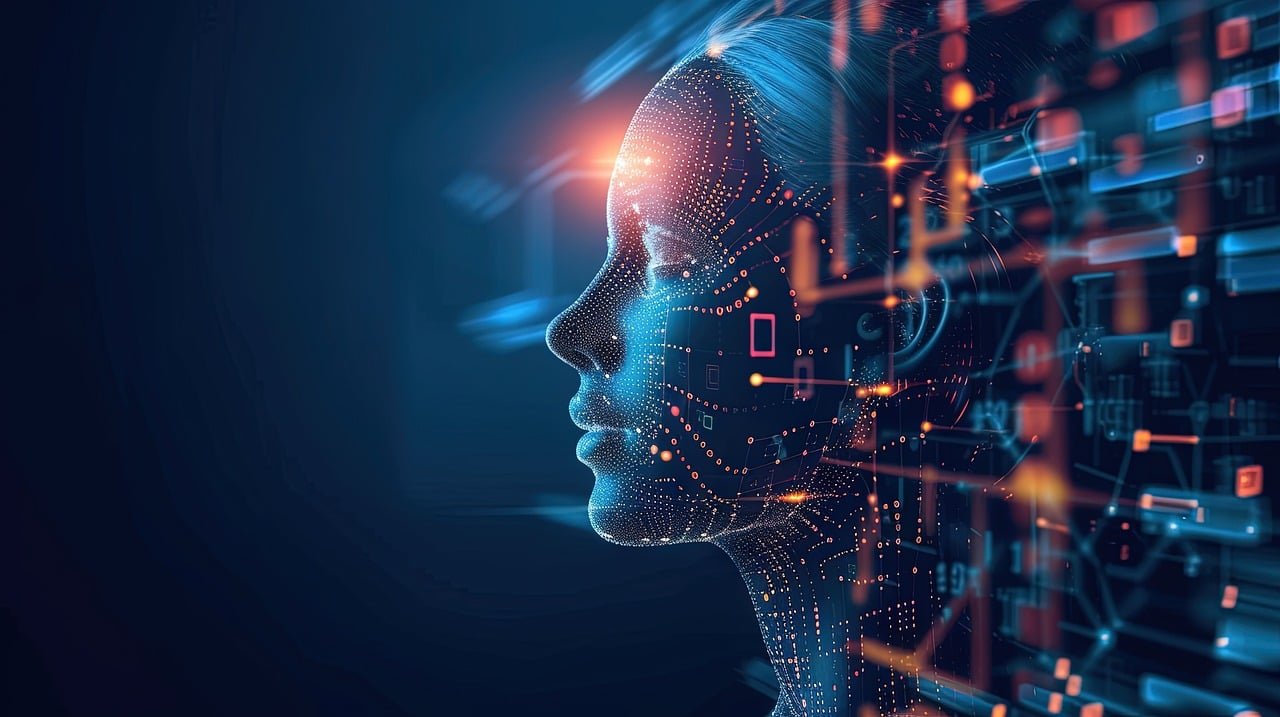The AI face search capabilities are rapidly enhancing and its methods are used to fool the latest technologies. The hyper-realistic masks are specifically designed in a way to duplicate human aspects with precision and represent the face recognition system’s problems. However, these can manipulate the system’s weakness and its algorithms which become the cause of security breaches and other fraudulent exercises. Let’s discuss how the systems’s methods are engaging in the prevention of the organizations from hyper-realistic masks and confirming the flexibilities and biometric identification system’s safety.
Understanding Hyper-Realistic Masks and Their Impact
Hyper-realistic masks are created with experienced materials and methods to copy a human facial feature. All these masks are usable to fool the facial recognition systems by showing fake yet real aspects. Face search online systems depend on extensive facial features to provide precise authentication that is easy to fool by these types of masks leading to false positives. The influence of these masks on such systems can accommodate the security and verification processes and important factor in balancing the system’s honesty.
Enhanced Liveness Detection Techniques
Liveness detection is an important factor in the face search AI system that is designed in a way to distinguish the difference between real human and artificial faces, for instance, hyper-realistic masks. Latest liveness detection techniques also involve checking the physical responses, such as eye blinking, head movement, and other facial expressions that are extremely difficult for masks to duplicate precisely. Methods like multi-spectral imaging and 3D deep sensors will increase the liveness detection after retaining the sudden changes in light that masks are usually unable to reproduce. The execution of such methods assists in guaranteeing that face search AI technologies can efficiently differentiate between real and fake faces.
Multi-Factor Authentication Integration
To foster the face search system’s security, the incorporation of multi-factor authentication facilitates the extra security layer of verification which is beyond facial recognition. The multi-factor authentication integrates with different authentication techniques, for instance, biometric data, passwords, and one-time codes to increase the entire system’s security. When it comes to face search, this method reduces the risks of frauds that act like hyper-realistic masks by demanding various verification forms to ensure identity. For example, a technology can use the photo face search and the second verification techniques, like fingerprint scan to check the user’s identity.
Advanced Machine Learning Algorithms
Machine learning algorithms is an important role to improve the precision and face search technologies flexibilities. To engage with the latest algorithms, many AI systems should have proper training to identify the sudden changes between real human faces and hyper-realistic masks. Some methods, for instance, Convolutional neural networks and GANS make the systems capable of getting huge datasets by checking the patterns and features to discriminate the original faces from the masks.
Cross-validation with Additional Biometric Data
Cross-authentication with the new biometric data increases the face search system’s capabilities against the hyper-realistic masks. To fight against fraud, facial recognition that blends with biometric modalities, for instance, voice recognition enables the system to provide an extensive report of a person’s identity. This type of multi-modal method minimizes the risk of efficient deception while using the masks—it is a process where fraudsters can deceive many biometric systems.
Ongoing Research and Development
Facial recognition technology is constantly enhancing and recent research is also communicating new challenges, such as hyper-realistic masks. Many researchers are also discovering new ways, for instance the latest sensor machines. Also, they are improving the algorithm methods so they can spot deceptive methods. Integration between educational organizations, tech companies, and security experts is important to create and execute new solutions. It is important to stay informed regarding new developments and incorporate new research into face search AI technologies. These technologies will balance the success and flexibility against the experienced mask-related problems.
Final Thoughts
Fighting against hyper-realistic masks in AI face search demands many approach that involves increasing the liveness detection. However, multi-factor authentication and the latest machine learning algorithms alongside the cross-authentication with the addition of biometric data is a new development. The execution of such methods enables organizations to reinforce the precision of the face search systems for the best reliability and safe identification.




